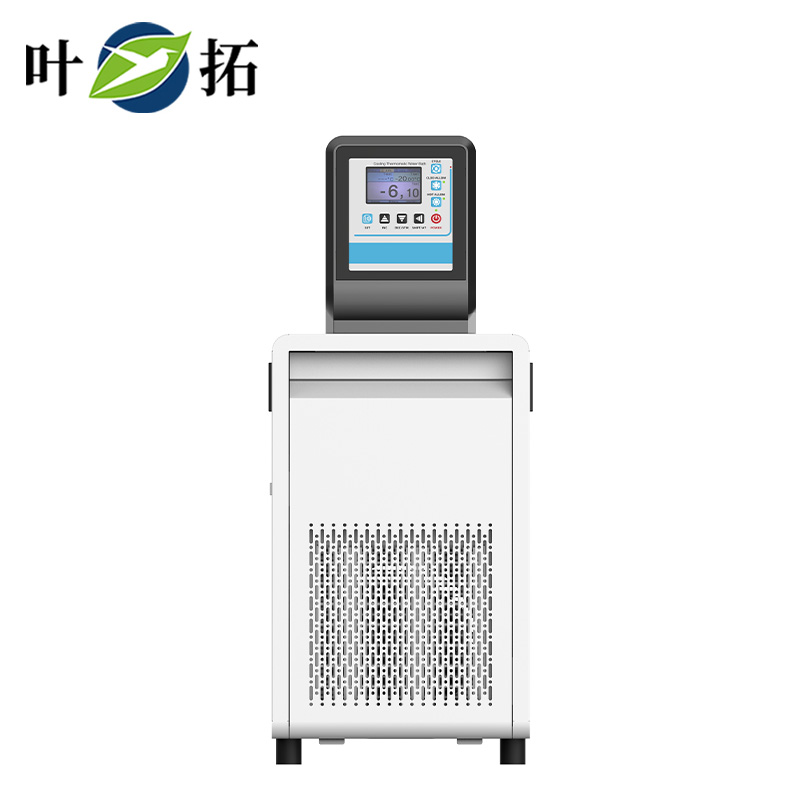Shanghai Yetuo low-temperature constant temperature bath is a laboratory equipment used for cooling or heating samples within an accurately controlled temperature range. These devices typically consist of an insulated tank or body, a constant temperature system, a temperature controller, and sensors. Here is some basic information about low-temperature constant temperature baths:
Main features and uses:
Temperature control: The low-temperature constant temperature bath has a highly accurate temperature control system that can maintain a constant temperature within a temperature range. This makes it highly suitable for applications that require stable low or high temperature conditions for conducting experiments or storing samples.
Low temperature and high temperature operations: These tanks can be used for low-temperature operations, such as freezing experiments, sample preservation, or low-temperature cultivation. At the same time, some models can also be heated to a higher temperature range for heating experiments.
Sample holding: Low temperature constant temperature baths usually have a tank body to hold samples, which can be placed in a constant temperature liquid or on a specific sample rack. These slots can be used for experiments such as cell culture, biochemical reactions, protein extraction, crystal growth, etc.
Maintain constant temperature: The constant temperature bath maintains the set constant temperature state through an internal heating or cooling system. Usually, they use a circulation pump to send liquid to/from external cooling or heating devices.
Liquid constant temperature: The liquid in the tank is usually water, mineral oil, or other heat transfer media, which can be maintained at a constant temperature at low or high temperatures as needed.
Digital control: These slots are typically equipped with digital temperature controllers, allowing users to set the desired temperature and monitor experimental parameters.
Application areas:
Medical and Biochemistry Laboratory: Used for cell culture, enzyme activity experiments, PCR, DNA analysis, etc.
Chemistry laboratory: used for chemical synthesis, sample cryopreservation, and chemical reactions.
Materials science research: used for crystal growth, metal corrosion research, etc.
Food and beverage industry: used for food quality control, food preservation, and enzyme activity experiments.
Semiconductor and electronics industry: used for semiconductor production and testing.
Environmental science research: used for simulating environmental conditions and conducting thermodynamic experiments.


 Alibaba Store
Alibaba Store Tmall Store
Tmall Store Jingdong Sstore
Jingdong Sstore







